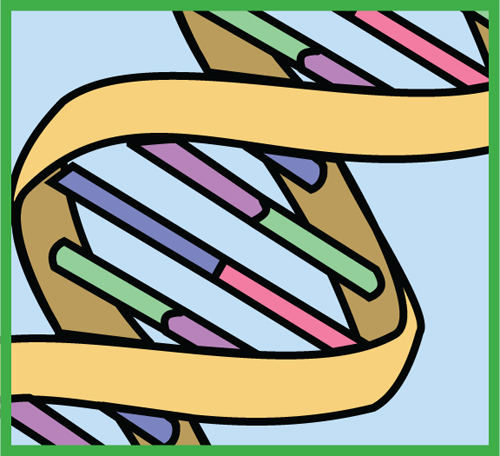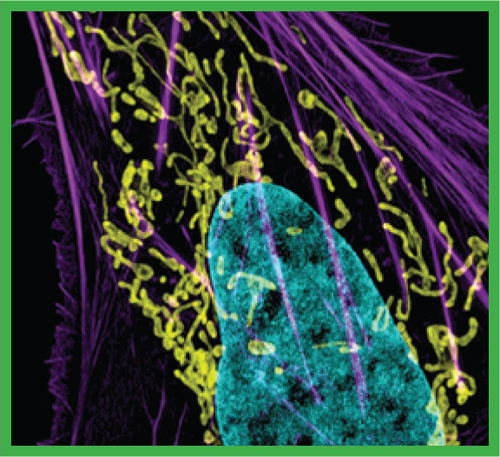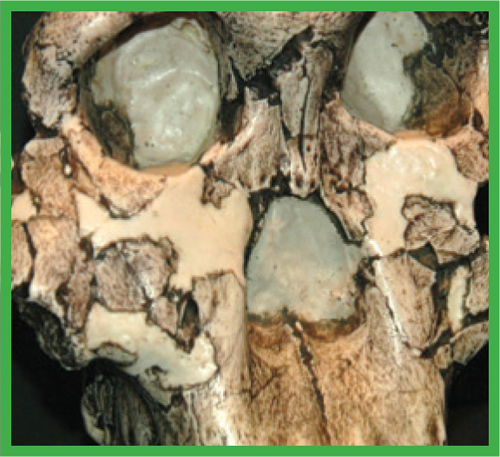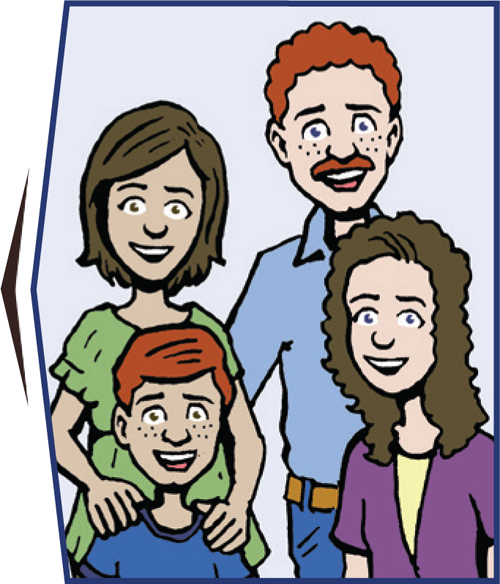Carla Mooney - The Human Genome: Mapping the Blueprint of Human Life
Here you can read online Carla Mooney - The Human Genome: Mapping the Blueprint of Human Life full text of the book (entire story) in english for free. Download pdf and epub, get meaning, cover and reviews about this ebook. year: 2020, publisher: Nomad Press, genre: Romance novel. Description of the work, (preface) as well as reviews are available. Best literature library LitArk.com created for fans of good reading and offers a wide selection of genres:
Romance novel
Science fiction
Adventure
Detective
Science
History
Home and family
Prose
Art
Politics
Computer
Non-fiction
Religion
Business
Children
Humor
Choose a favorite category and find really read worthwhile books. Enjoy immersion in the world of imagination, feel the emotions of the characters or learn something new for yourself, make an fascinating discovery.
- Book:The Human Genome: Mapping the Blueprint of Human Life
- Author:
- Publisher:Nomad Press
- Genre:
- Year:2020
- Rating:3 / 5
- Favourites:Add to favourites
- Your mark:
The Human Genome: Mapping the Blueprint of Human Life: summary, description and annotation
We offer to read an annotation, description, summary or preface (depends on what the author of the book "The Human Genome: Mapping the Blueprint of Human Life" wrote himself). If you haven't found the necessary information about the book — write in the comments, we will try to find it.
A fascinating tour of the human genome and the role of genetics in our lives! Hands-on science investigations and STEM research projects help readers ages 12 to 15 discover a mysterious part of their own bodies--their genes!
Have you ever wondered why you look the way you do? The answer lies in your human genome, the code of life.
The Human Genome: Mapping the Blueprint of Human Life investigates the fascinating world of genetics and the human genome. Kids ages 12 to 15 learn the basics of how genes work, how DNA is structured, and how genetic inheritance happens. Explore the discoveries scientists have made about the human genome and how these discoveries have helped us better understand and treat certain diseases, trace our human ancestry and migration, and compare our species to others. In addition, explore some of the ethical, legal, and social issues that arise from advances in genomic science.
- Combining hands-on activities with history, biology, and chemistry, The Human Genome offers entertaining illustrations and fascinating sidebars to illuminate the topic and engage readers further.
- The Human Genome integrates a digital learning component by providing links to primary sources, videos, and other relevant websites. Text-to-self and text-to-world connections make learning applicable and fundamental.
- Investigations include decoding DNA sequences and identifying the proteins they code, using online scientific databases, carrying out a genetic variation investigation, debating potential genomic issues, and using genomic data to find a gene mutation associated with cancer.
- Additional materials include a glossary, and a list of current reference works, websites, and Internet resources.
About the Inquire & Investigate Human Science set and Nomad Press
The Human Genome is part of a set of three Inquire & Investigate Human Science books that explore the human body, genes, and brain. The other titles in this series are Inside the Human Body and Psychology: Why We Smile, Strive, and Sing.
Nomad Press books in the Inquire & Investigate series integrate content with participation, encouraging readers to engage in student-directed learning. Combining content with inquiry-based projects stimulates learning and makes it active and alive. Nomads unique approach simultaneously grounds kids in factual knowledge while allowing them the space to be curious, creative, and critical thinkers.
All books are leveled for Guided Reading level and Lexile and align with Common Core State Standards and Next Generation Science Standards.
All titles are available in paperback, hardcover, and ebook formats.
Carla Mooney: author's other books
Who wrote The Human Genome: Mapping the Blueprint of Human Life? Find out the surname, the name of the author of the book and a list of all author's works by series.












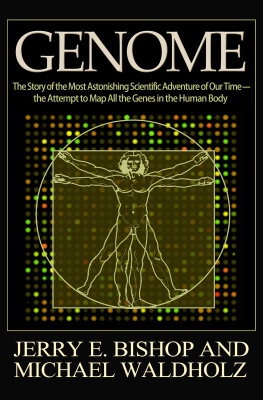


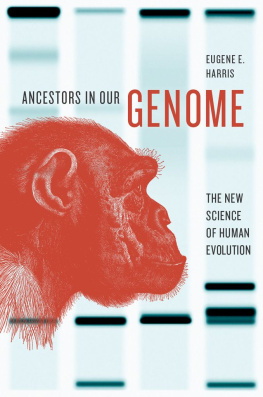

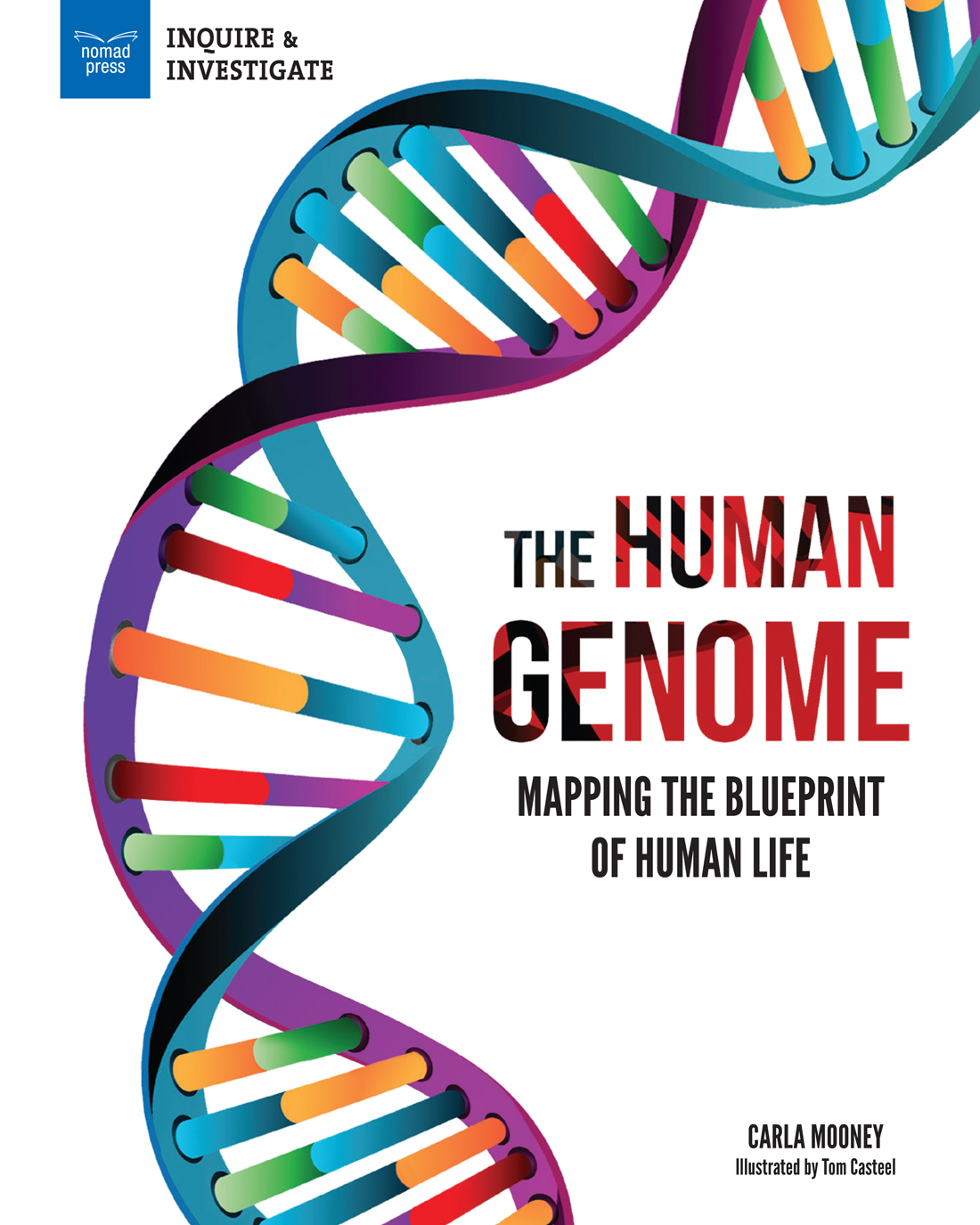


 Interested in primary sources?
Interested in primary sources? human body
human body
